How not to be first in line for the ski season opener
Monday afternoon, Al gave the word: “[A-Basin] will be opening for the season on Wednesday.”
In some parts of the country, that might not mean much, but here in Denver, Arapahoe Basin’s first day heralds the return of ski season. It was to be the first American resort to open for 2012-13, helped in part by its position along the Continental Divide at around 11,000 ft.

The East Wall at A-Basin at sunrise
“Want to go to opening day?” I asked Tyler.
“Yes,” he replied. And so it was settled.
After I hastily acquired skis and boots — I did a season rental the previous season, but it was too early to do that again — Tyler and I laid plans for Wednesday morning. We hadn’t seen any solid numbers for past opening days at A-Basin, so we weren’t sure when we would need to arrive to secure a decent spot in the lift line. We figured that arriving around 5:30 a.m. would provide sufficient buffer against the 9:00 a.m. opening time, so we settled on leaving Denver at 4:00 a.m. on Wednesday.
The alarm clocks blared at 3:30 a.m., and we got out the door on schedule. An hour later, we were crawling up Loveland Pass amid falling snow, the steep cliffs and occasional snow plow demanding unyielding concentration. It had been 80 degrees in Denver the previous day, but in the depth of night, 7,000 vertical feet above Denver, the temperature was only 25. The relentless wind made it feel that much colder.
Twenty minutes on the pass, and suddenly we rounded a dark hairpin curve to find the lights of A-Basin laid before us.
We pulled into the parking lot and found few vehicles. Those that were present were emblazoned with the logos of major Denver-area news media, including at least two satellite trucks. The journalists outnumbered the subjects.
Giddy, we quickly unloaded our skis from Tyler’s Subaru, donned our ski boots and jackets, and clomp-clomped our way towards the slopes. It was dark save for the lights on the snow guns, the TV lights, and one lonely Sno-Cat prowling the mountain. We could barely make out the lifthouse, yet we trudged faithfully toward it.
…only to find that we were not the first in line.

The darkness of the slopes was punctuated by the lights on the snowguns
Yes, there were others in front of us. It was 5:30 a.m., just as we had planned, and that was not early enough.
We chatted up the handful of guys by the dark lift. How long had they been there, we asked? The astonishing reply: since 9:00 a.m. the previous day. Yes, the people waiting for the first chair were willing to take 24 hours out of their lives and spend it in the cold at the bottom of a chairlift. That was more time than either Tyler or I were willing to invest in the endeavor.
Still, we were enjoying our time there. Gradually, the darkness eased, and the first hints of daylight let themselves be known in the sky. Fluffy clouds moved above the peaks, and dawn colored them so orange that the mountains seemed to be on fire.
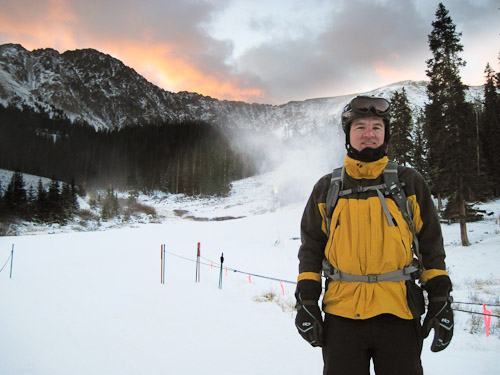
Me, early in our wait on opening day at A-Basin
More people arrived, and the maze filled out. Several companies handed out free donuts. Print and TV journalists worked the crowd, looking for new angles and interesting personalities. The clock ticked towards opening. The WiFi was turned on.
By 8:30 a.m., we looked forward and found but a dozen people in front of us. We were queued up for the fourth chair. Behind us, a growing sea of people. Hundreds. The mood was electric.
At last, slightly before 9:00 a.m., the barriers were taken down, and the crowd pushed forward. Though the first two chairs were highly orchestrated and went to their rightful owners, the commotion that followed threw our patient waiting to the wind.
The crowd surged forward, and we found ourselves somehow bumped to the fifth chair. A guy who had arrived after 8:00 a.m. but had snuck up the singles line made it onto the chair behind us. One of our chairmates had arrived after 7:00 a.m.
It was madness, and I should have been irked, but… I wasn’t. I was too giddy with excitement. Who cares if we got up the mountain 20 seconds later than we otherwise would have? It was still skiing!
At the top of the lift, Tyler and I disembarked and ski-skated over to the top of the run. We were in a rush; smiles were on our faces.
That first run down the mountain took just a few minutes. Were the three hours of driving and three and a half hours of waiting worth the reward? Indisputably!
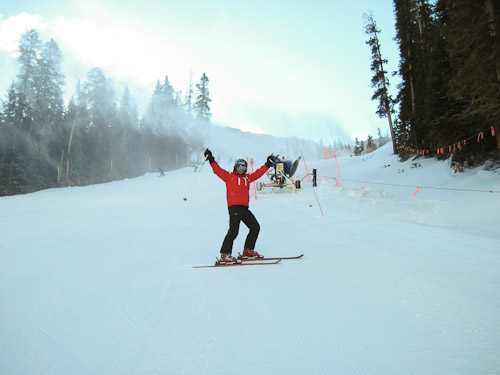
Tyler on his first run of the 2012-13 season
We celebrated with a beer and headed back to Denver.

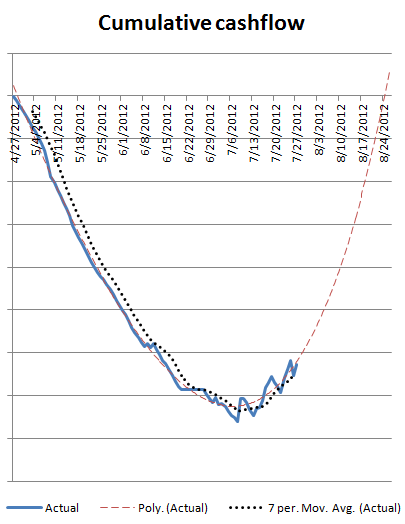


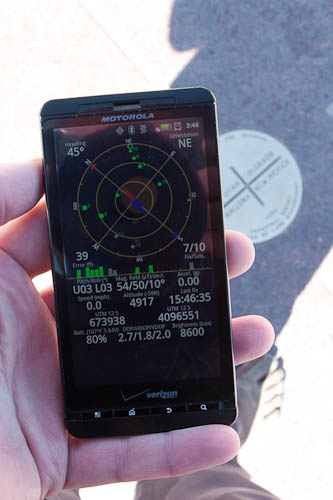
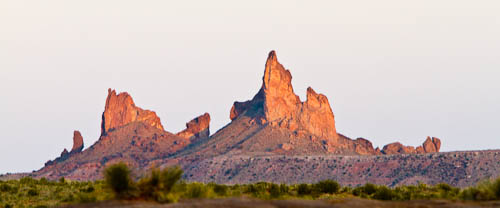
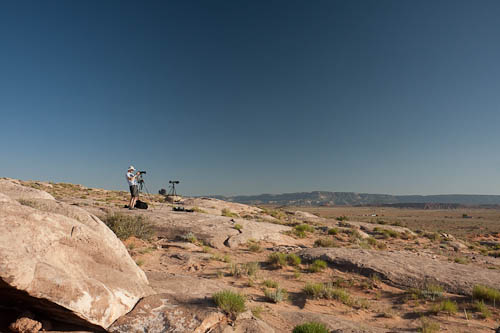
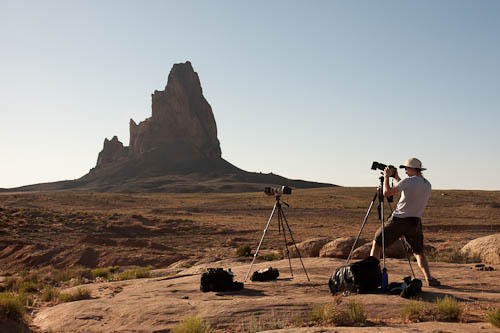
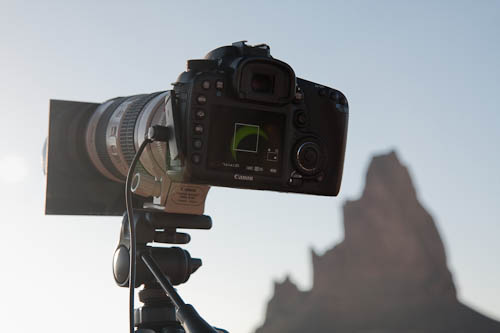

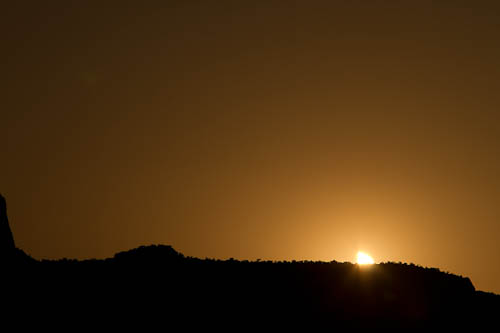

Recent Comments